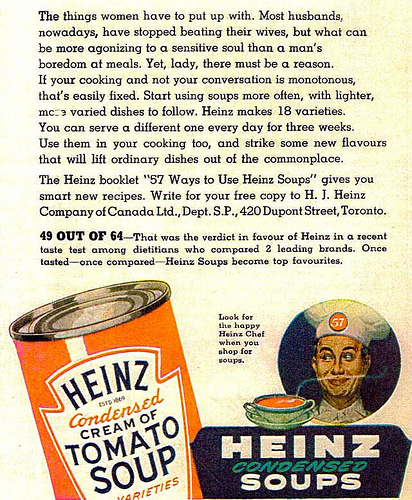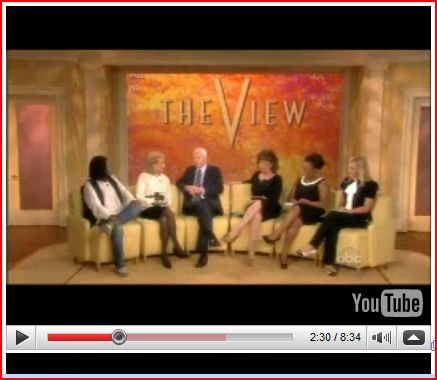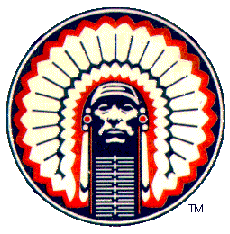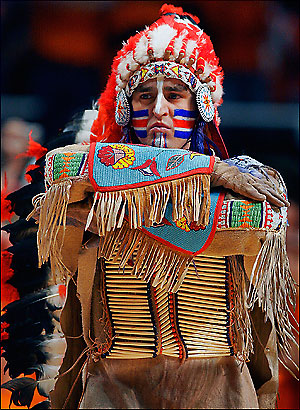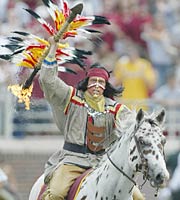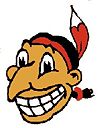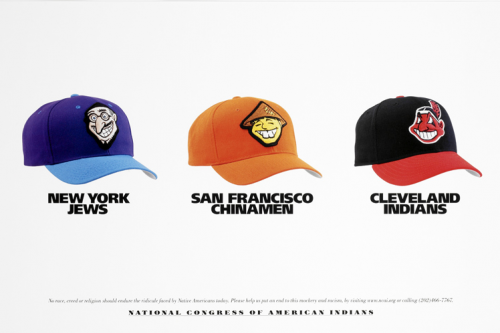Text:
The things women have to put up with. Most husbands, nowadays, have stopped beating their wives, but what can be more agonizing to a sensitive soul than a man’s boredom at meals. Yet, lady, there must be a reason. If your cooking and not your conversation is monotonous, that’s easily fixed. [Ed. – Though apparently boring conversation is a life sentence.] Start using soups more often, with lighter, more varied dishes to follow. Heinz makes 18 varieties. You can serve a different one every day for three weeks. Use them in your cooking too, and strike some new flavours that will lift ordinary dishes out of the commonplace.
Vintage ad found here thanks to Laura R.

